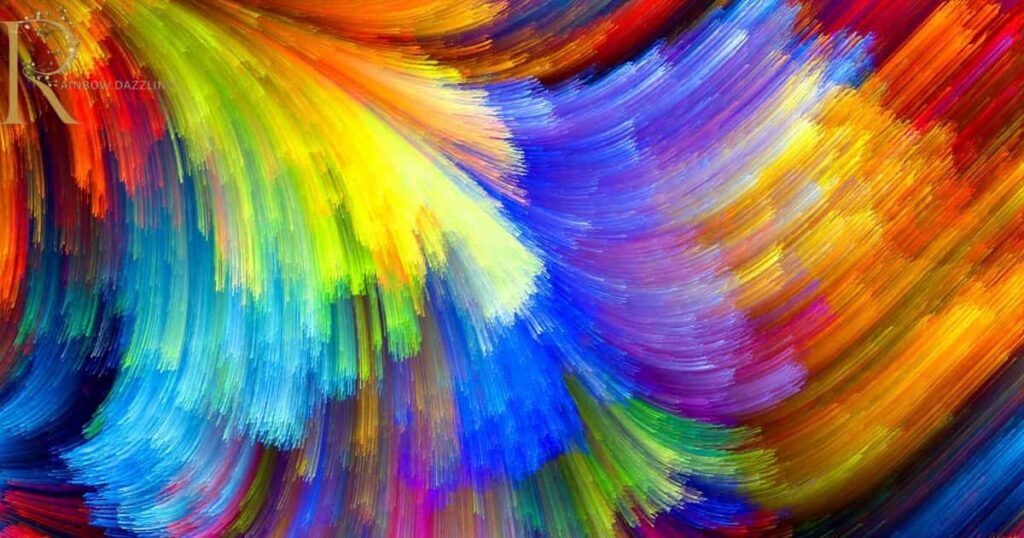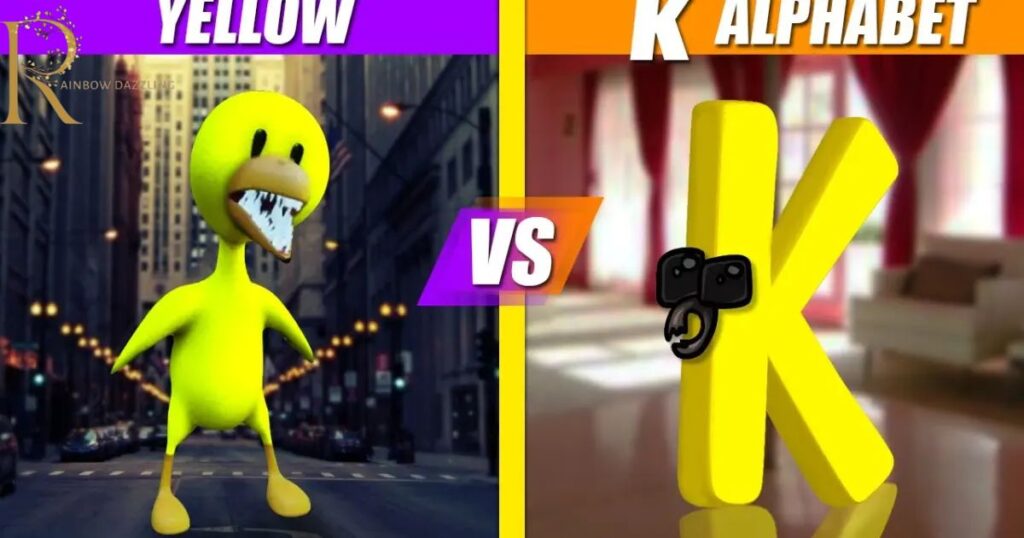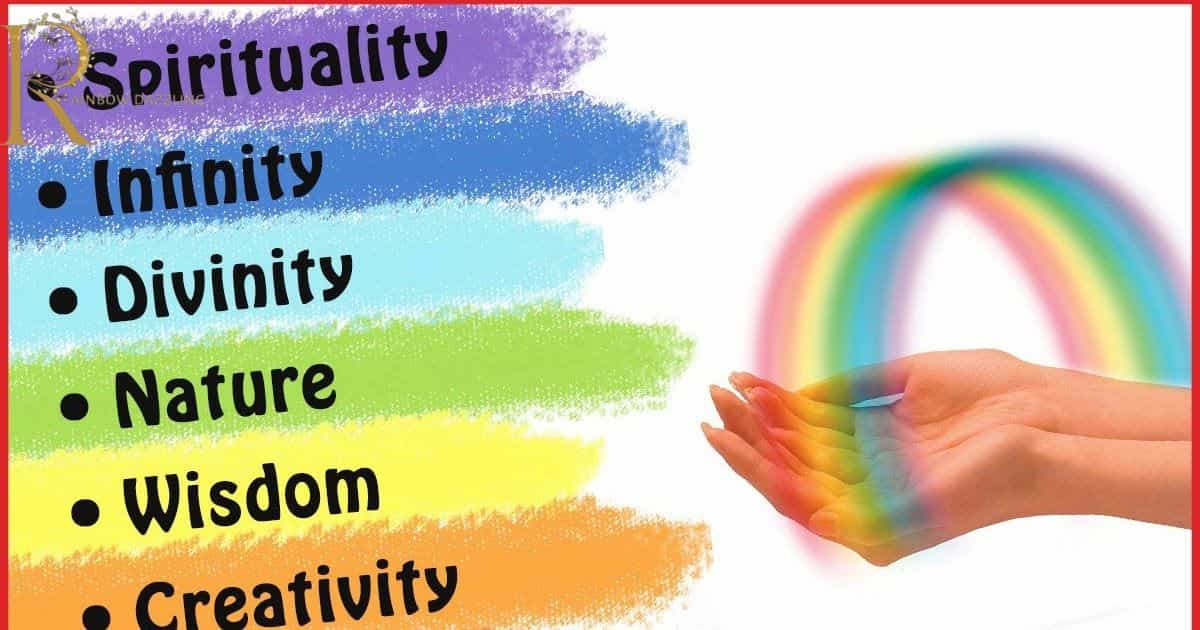The rainbow has seven colors: red, orange, yellow, green, blue, indigo and violet. These colors form a beautiful spectrum when light is refracted through water droplets in the atmosphere.
Explore the science behind light refraction and the artistic wonder of nature’s palette. Unravel the beauty of the rainbow as it paints the sky with its captivating hues.Discover the enchanting world of colors with the question How Many Colors Of The Rainbow? Dive into the vibrant spectrum of seven hues each holding its own mesmerizing charm.
The rainbow boasts seven distinct colors each captivating in its own right. From the fiery red to the calming violet it is a stunning display of nature artistry. Discover the magic colors of the rainbow and its mesmerizing spectrum of colors.
Rainbow Colors Explained

Colors of the Rainbow , often described as nature’s vibrant palette, are a captivating phenomenon formed when sunlight is refracted or bent through water droplets in the atmosphere. This dispersion of light results in the spectrum of colors we see in the sky after rain showers.
The sequence of colors from red to violet is a continuous spectrum with each color blending seamlessly into the next. This mesmerizing display of colors has fascinated humans for centuries, inspiring artists, scientists and poets alike.
Each color of the rainbow holds its own unique allure and symbolism. What Colors Are In a Rainbow In Order? The first color of the spectrum signifies passion and energy, while orange radiates warmth and vitality. Yellow exudes joy and optimism, while green represents growth and harmony.
Blue evokes feelings of serenity and tranquility while indigo carries a sense of mystery and depth. Finally violet, the last colors of the rainbow symbolizes creativity and spirituality.
Nature’s Color Symphony
Nature’s Color Symphony embodies the kaleidoscope of hues found in landscapes, flora, and fauna. From the serene blues of oceans to the vibrant reds of autumn leaves, each shade tells a story of the natural world’s beauty and diversity.
- Nature’s Color Symphony orchestrates a seamless blend of vibrant shades.
- Witness the breathtaking display of colors of the rainbow in landscapes, skies, and flora.
- Nature’s palette sparks artistic expression and creative endeavors.
- Each color carries its own meaning, reflecting emotions and seasons.
- The diversity of colors signifies the richness and balance of ecosystems.
- Immersion in natural colors offers calming and rejuvenating benefits.
- Colors serve as signals for survival, attracting mates or deterring predators.
- Different cultures attribute symbolic meanings to various colors found in nature.
- Delve into the intricate details of Nature’s Color Symphony discovering its beauty and significance.
Red: The Fiery Hue

Red, often hailed as the fiery hue, commands attention with its bold and vibrant presence. Symbolizing passion, energy and intensity it ignites emotions and leaves a lasting impression wherever it appears.
From the warm glow of a setting sun to the crimson petals of a rose, red captivates the eye and stirs the soul with its undeniable allure.In nature, red serves as a powerful signal attracting pollinators to flowers and warning of potential danger in the animal kingdom.
It represents vitality and life force reminding us of the pulsating energy coursing through the natural world. Whether adorning the feathers of a cardinal or the ripened skin of a juicy apple red stands as a testament to the awe-inspiring diversity and beauty of our planet’s color palette.
Orange: Vibrant Radiance

Orange, known for its vibrant radiance, exudes warmth and vitality, captivating observers with its energetic charm. This hue, a harmonious blend of red and yellow, infuses spaces with a sense of joy and enthusiasm, brightening even the dreariest of days.
Whether painting the sky at sunrise or adorning the leaves of autumn trees, orange evokes a feeling of optimism and excitement.
In nature, orange signifies abundance and vitality, symbolizing the ripening of fruits and the changing of seasons. From the glowing embers of a crackling fire to the luminous glow of a ripe pumpkin.
This hue embodies the essence of vitality and renewal. Its presence in the natural world reminds us to embrace life’s vibrant moments and celebrate the beauty of every sunrise and sunset.
Yellow: Sunlit Brilliance
Yellow is often associated with optimism and hope, reminding us to look on the bright side and embrace life’s sunny moments.

Radiant Glow
Yellow, the color of sunlit brilliance illuminates the world with its radiant glow bringing warmth and joy to every corner.
Symbol of Sunshine
This hue symbolizes the sun life giving energy evoking feelings of happiness and positivity wherever it shines.
Nature’s Golden Touch
From fields of sunflowers to the delicate petals of daffodils, yellow paints nature canvas with its golden touch, infusing landscapes with vibrant beauty.
Psychological Impact
Yellow is known to stimulate mental activity and creativity, inspiring innovation and uplifting spirits with its cheerful presence.
Green: Lush Verdancy

Green, characterized by its lush verdancy represents the vibrant vitality of nature and the renewal of life. This soothing hue, abundant in forests and meadows invokes a sense of tranquility and harmony with its calming presence.
From the deep emerald leaves of towering trees to the tender shoots of springtime growth green symbolizes resilience and regeneration in the natural world.In addition to its aesthetic appeal green plays a vital role in ecological balance serving as the primary color of photosynthesis and oxygen production.
It serves as a reminder of the interconnectedness of all living things and the importance of preserving the Earth’s precious ecosystems.
Whether found in the canopy of a rainforest or the blades of grass beneath our feet the verdant hue of green embodies the essence of life and the enduring beauty of the natural world.
Blue: Serene Tranquility

Blue, known for its serene tranquility, envelops us in a sense of calm and peace. This soothing hue reminiscent of clear skies and tranquil waters evokes feelings of serenity and relaxation offering a refuge from the hustle and bustle of everyday life.
In nature, blue is often associated with expanses of open sky and vast bodies of water serving as a visual reminder of the boundless possibilities and infinite horizons that await us.
Whether gazing at the azure expanse of the ocean or admiring the soft hue of a mountain’s silhouette against the evening sky blue invites us to slow down, breathe deeply and appreciate the beauty of the world around us.
Indigo: Mystical Depths

Indigo with its mystical depths draws us into the realm of the unknown, sparking curiosity and wonder. This enigmatic hue nestled between blue and violet in the rainbow exudes a sense of mystery and intrigue.
Inviting us to explore the hidden depths of our imagination.In both art and spirituality indigo is often associated with introspection, intuition and spiritual awakening. Its rich velvety tones evoke a sense of depth and complexity symbolizing the depths of the subconscious mind and the vast mysteries of the universe.
Whether glimpsed in the twilight sky or woven into the fabric of ancient myths and legends indigo continues to captivate our imaginations, offering a glimpse into the unseen realms of possibility.
Violet: Royal Elegance

Violet, with its royal elegance, commands attention with its regal charm and sophistication. This majestic hue reminiscent of lush velvet and blooming flowers exudes a sense of luxury and refinement, captivating hearts and minds alike.
In nature, violet is often associated with rare and exotic blooms such as orchids and violets, adding a touch of opulence to garden landscapes. Symbolizing creativity, wisdom and spiritual enlightenment.
Violet invites us to embrace our inner royalty and tap into the depths of our imagination. Whether adorning a royal robe or gracing the evening sky with its ethereal glow, violet continues to enchant and inspire with its timeless allure and grace.
Frequently Asked Questions
What causes the colors of the rainbow?
The colors of the rainbow are formed when sunlight is refracted or bent through raindrops in the atmosphere separating white light into its component colors.
Why is indigo included as a separate color in the rainbow?
Indigo was traditionally included to match the number of celestial objects recognized by ancient civilizations, aligning with mystical beliefs.
Can the colors of the rainbow change?
The colors of the rainbow remain consistent, but their intensity can vary depending on factors like the angle of the sunlight and the size of the raindrops.
Are rainbows only visible during rain showers?
Colors of the Rainbow can also appear when sunlight interacts with water droplets, such as mist, dew, or even waterfalls.
What is the significance of the colors of the rainbow?
Each color holds symbolic meaning, representing emotions, elements of nature and stages of life, contributing to colors of the rainbow’s universal appeal and cultural significance.
Final Thoughts
Understanding the seven colors of the rainbow offers a glimpse into the fascinating interplay between light and water droplets in our atmosphere.
It reminds us of the beauty and wonder that surround us in the natural world from the vibrant hues of a colors of the rainbow after a rain shower to the subtle shades that paint our everyday experiences.
Exploring the colors of the rainbow not only satisfies our curiosity about the physical world but also invites us to appreciate the richness and diversity of life’s spectrum.
Moreover colors of the rainbow’s timeless allure serves as a reminder of the interconnectedness of humanity transcending cultural boundaries and sparking awe and wonder across generations.
It symbolizes hope, diversity and the endless possibilities that lie ahead inspiring us to embrace the full spectrum of life’s experiences with curiosity, wonder and gratitude.











